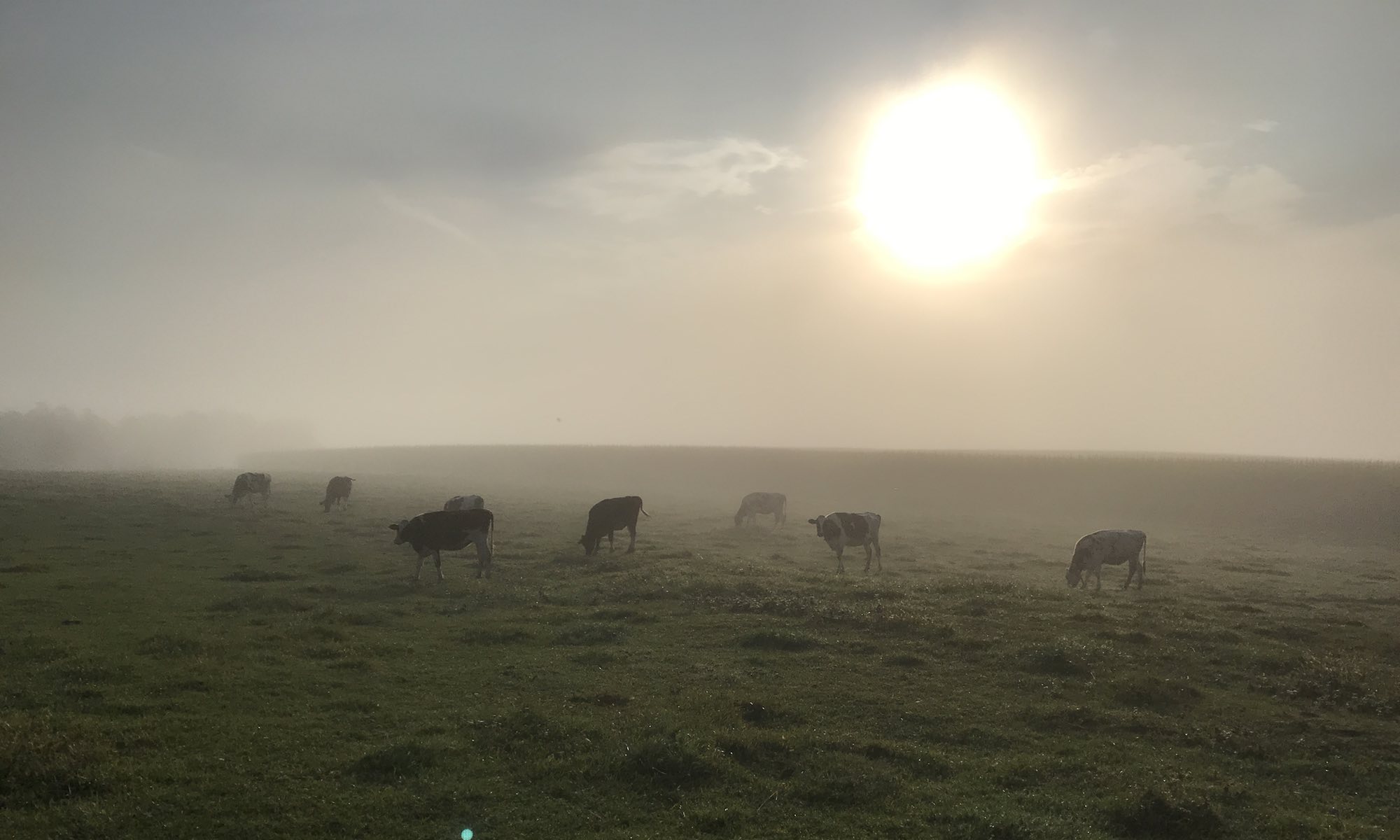<a href="http://www.xanga.com/home.aspx?user=tomsaaristo">tomsaaristo's Xanga Site</a>: “Setting a beautiful Thanksgiving table includes setting it properly. Once you’ve mastered these skills, you can teach your children to do it. It’s an easy and necessary skill.”
<img src="http://www.personal.psu.edu/staff/m/h/mhl100/images/formal.gif" width="408" height="263" alt="Formal Place Setting" />
A Meal Without Forks and Other Feast Facts
<a href="http://www.historychannel.com/exhibits/thanksgiving/thnkmeal.html">
A Meal Without Forks and Other Feast Facts:
- The pilgrims didn’t use forks; they ate with spoons, knives, and their fingers. They wiped their hands on large cloth napkins which they also used to pick up hot morsels of food.
- Salt would have been on the table at the harvest feast, and people would have sprinkled it on their food. Pepper, however, was something that they used for cooking but wasn’t available on the table.
- In the seventeenth century, a person’s social standing determined what he or she ate. The best food was placed next to the most important people. People didn’t tend to sample everything that was on the table (as we do today), they just ate what was closest to them.
- Serving in the seventeenth century was very different from serving today. People weren’t served their meals individually. Foods were served onto the table and then people took the food from the table and ate it. All the servers had to do was move the food from the place where it was cooked onto the table.
- Pilgrims didn’t eat in courses as we do today. All of the different types of foods were placed on the table at the same time and people ate in any order they chose. Sometimes there were two courses, but each of them would contain both meat dishes, puddings, and sweets.
THE FIRST THANKSGIVING
<a href="http://www.pilgrims.net/plymouth/thanksgiving.htm">THE FIRST THANKSGIVING</a>: “Thanksgiving and the Pilgrims seem to go together, just like Christmas and Santa Claus — but the truth is, the Pilgrims never held an autumnal Thanksgiving feast. Before you cancel the turkey, take a look at the origin of that particular myth. In some ways, the truth is even more intriguing.’
Heritage Turkeys
<a href="http://www.slowfoodusa.org/ark/turkeys.html">Slow Food USA</a>: “We think of turkeys as uniquely American, yet the birds that our forefathers knew and cherished, the bird that has become the symbol of sharing and thanks for the bounty of this land, has become virtually extinct. The population of the Narragansett, the oldest turkey variety in the United States, and once the foundation of the New England turkey industry has been reduced to fewer than 100 live birds, nationwide. Jersey Buff, an historic variety of the mid-Atlantic region, is a turkey whose diet includes foraging. Fewer than 500 exist today. The Bourbon Red Turkey was developed in Bourbon County Kentucky, and became an important commercial bird in that region, but by the 1930s and 1940s, it couldn’t compete with the hugely popular broad-breasted varieties. Neither could the magnificent American Bronze turkey and it lost its preeminence in the market to the broad-breasted Large White in the 1960s.
“The heritage turkeys all have richly flavored meat, succulent and juicy, and they are naturally well proportioned, which means that have a larger quantity of the flavorful dark meat than the more recent chest-heavy breeds. The heritage turkeys are hardier than the Large White birds, and farmers can raise them outside in fresh air and where they can have an opportunity to forage, both of which affects the quality of the meat. Unlike the commercially dominant Large White, the heritage turkeys can fly and breed naturally.”
USATODAY.com – ‘Slow Food’ movement gathers momentum
<a href="http://www.usatoday.com/money/industries/food/2003-11-25-slowfood_x.htm">USATODAY.com - ‘Slow Food’ movement gathers momentum</a>: “<a href="http://www.slowfood.com/" title="Slowfood.com">Slow Food</a> aims to be everything fast food is not. It's slow — in the making and the eating. It's fresh — not processed. It’s from neighborhood farms and stores — not from industrial growers such as Tyson Foods or retail goliaths such as Wal-Mart.”
Top 10 Turkey Disasters
<a href="http://www.cooksillustrated.com/turkeyhelp/top10.html">TurkeyHelp-from the editors of Cook's Illustrated</a>: “You haven’t even put the summer clothes away for the season and it’s already time to plan the annual cooking of the bird. You do recall that last year’s turkey was, well, a real turkey. The meat was tough, dry, and tasteless. How to prevent this year’s meal from going to the birds? Here’s our list of the top 10 mistakes to avoid.”
Does bottled drinking water go bad?
<a href="http://ask.yahoo.com/ask/20031125.html">Does bottled drinking water go bad?</a>: “According to the International Bottled Water Association, the FDA has not established a shelf life for water, so you can store those bottles indefinitely. As long as the packaging is intact and unopened, you shouldn’t need to worry about any type of bacteria or microorganisms growing in the water. If the bottle has been opened, however, it can grow bacteria and algae if it is not consumed within 2 weeks.’
CNN.com – Turkey frying ends in disaster – Nov. 28, 2003
<a href="http://www.cnn.com/2003/US/Midwest/11/28/thanksgiving.fire.ap/index.html">CNN.com - Turkey frying ends in disaster - Nov. 28, 2003</a>: “I don’t know how it happened,” Fickett said. “My wife just had a baby, so I said I’d take care of the turkey.”
Scientists link global warming and wine quality
<a href="http://www.sfgate.com/cgi-bin/article.cgi?file=/news/archive/2003/11/11/state2012EST7017.DTL">Scientists link global warming and wine quality</a>: “Global warming may become a worldwide catastrophe, but at least the wine should be good.”
<a href="http://www.washingtonpost.com/ac2/wp-dyn?pagename=article&node=&contentId=A20608-2003Nov10&notFound=true">Serving Wine Globally Warmed</a>: “For wine lovers, global warming may not be such a bad thing: Research indicates that warming temperatures are improving the quality of fine wines.”
The Kitchen Pre-dates The Home
<a href="http://dsc.discovery.com/news/briefs/20031117/kitchen.html">Discovery Channel :: World’s Oldest Kitchen Identified</a>: “Stone tools dating to 2.6-2.5 million years ago, along with associated broken animal bones, have been found in Gona, Ethiopia, at a place that served as the earliest known controlled setting for food preparation, according to an article released by Southern Connecticut State University and confirmed by the Gona Palaeoanthropological Research Project…
“At this very early date in hominid history, there is no evidence for structures. The food preparation site at Gona would have been outdoors next to a water source.”
